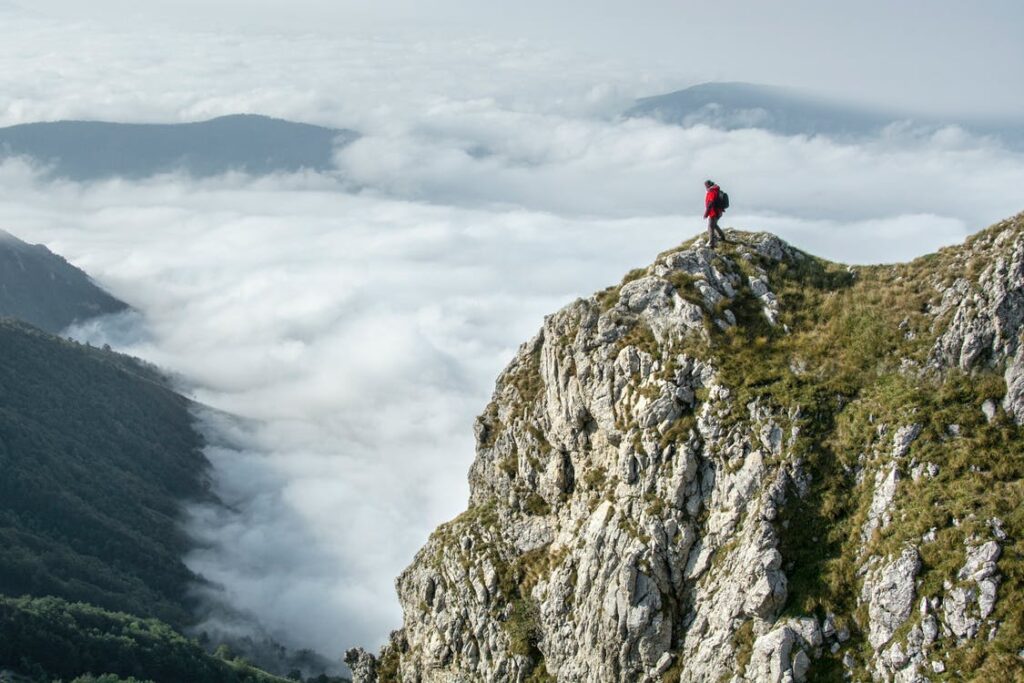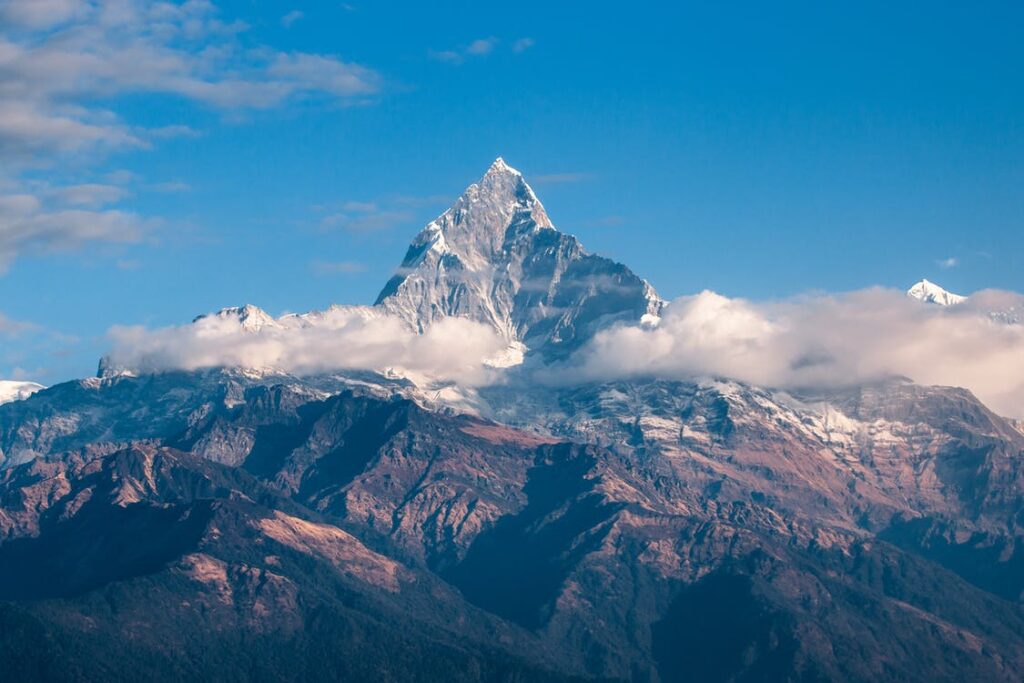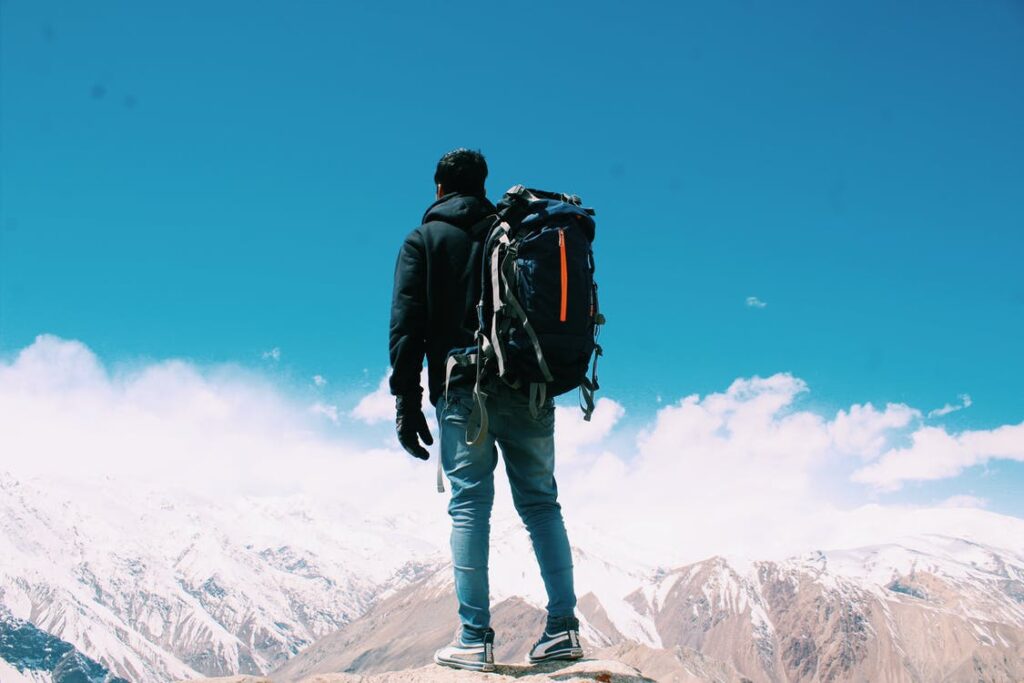Adjusting Your Diet to Prevent Altitude Sickness
Altitude sickness is the last thing you want to experience as you are travelling to high altitude, but there are ways to avoid altitude sickness by adjusting your diet. What is altitude sickness caused by? It occurs when you rapidly ascend to high altitudes, typically of over 8,000 ft. When you reach altitudes of thousands of feet above sea level, you experience a difference in atmosphere. As oxygen levels drop, you may suffer from breathlessness, nausea and headaches. By watching what you eat and drink, you can ease symptoms of altitude sickness, meaning you can continue to enjoy your hike, flight or adventure. Altitude sickness remedies are widely available, but did you know that you can avoid altitude sickness by changing your diet? There are different types of altitude sickness remedies available, from natural remedies to altitude sickness medication.
What is altitude sickness?
What is altitude sickness? Altitude sickness (or acute mountain sickness) can occur when you travel 8,000ft+ above sea level. When you travel to high altitudes, your lungs do not take in as much oxygen as they typically do which means you can experience nausea, breathlessness and headaches. It can become a medical emergency if it is ignored, having the potential to seriously effect your brain and lungs.

What is altitude sickness caused by?
Air pressure surrounding you is called barometric pressure. When someone travels to higher altitudes, the barometric pressure drops and less oxygen is available. If someone lives in an area already in high altitude, their body gets used to it. However, if you are not used to being in a high altitude environment and you travel too quickly, altitude sickness can occur.
There are three types of altitude sickness:
- Acute mountain sickness (AMS) is the most common type and can make you feel symptoms which are commonly associated with a hangover, such as muscle aches, dizziness and nausea
- High-altitude pulmonary edema is a build up of fluid within the lungs which can be life-threatening
- High-altitude cerebral edema is a build up of fluid within the brain and is the most severe form of altitude sickness
People respond to being in high altitudes differently. Just because you have not experienced altitude sickness on one trip, does not mean you will not experience it another time. It is not affected by factors such as gender, weight or height. Anyone can experience altitude sickness. Young people are more likely to experience symptoms of AMS. Factors which do affect your likelihood to experience altitude sickness include how quickly you move to higher elevation and what the barometric pressure levels are when you sleep.
Altitude sickness usually comes on within 12-24 hours of reaching high altitude.

Adjusting Your Diet For Altitude Sickness
For the first two days of climbing, it’s a good idea to avoid alcohol and caffeine. Alcohol and caffeine cause dehydration, which can increase the issues you may face whilst at high altitude.
You should make sure you drink plenty of water, even whilst you’re travelling. It’s important to stay hydrated in order to avoid your chances of being dehydrated as this will make symptoms worse.
Don’t skip meals. It’s important that you eat on time so your body continues to be nourished. Complex carbohydrates are a great choice to eat as they will provide your body with consistent energy. When oxygen levels are lower, your body requires more energy to make use of whatever oxygen is available. Also make sure you are eating plenty of protein, as well as taking vitamins and minerals. are travelling. Don’t skip drinking water because you want to avoid going to the washroom. Don’t eat any fried foods as they can lead to issues with digestion and make you feel uneasy. Eat a light but high in calorie diet to ensure you’re energised.
Did you know that a great way to combat symptoms of AMS is to eat garlic for altitude sickness? One of the most effective natural remedies is garlic for altitude sickness. Garlic thins blood vessels and enhances blood flow. It can also assist with any feelings of nausea or dizziness. Cloves are another great natural remedy. They help the body be more efficient with oxygen intake. If you’re looking to avoid dizziness, take cloves and garlic for altitude sickness.

Altitude Sickness Medication
There are multiple altitude sickness remedies available, both natural and medicinal.
Acetazolamide Tablets are a popular choice for altitude sickness medication. They should be taken 1-2 days before you plan on ascending to high altitude and should be taken twice a day for the entirety of the time you spend in an area with low barometric pressure. They work by increasing the amount of urine that is produced in the body, which effects the acidity of the blood. This in turn reduces the amount of fluid in the head and lungs, improving your breathing and relieves the symptoms caused by altitude sickness. Acetazolamide is the most common type of altitude sickness medication and is highly affective when it comes to treating symptoms of altitude sickness.
The next time you are entering a low barometer pressure area, know that there are plenty of options in order to keep altitude sickness symptoms under control. Make sure to be mindful of what you eat and drink and take altitude sickness medication to decrease the risk of unpleasant symptoms.












